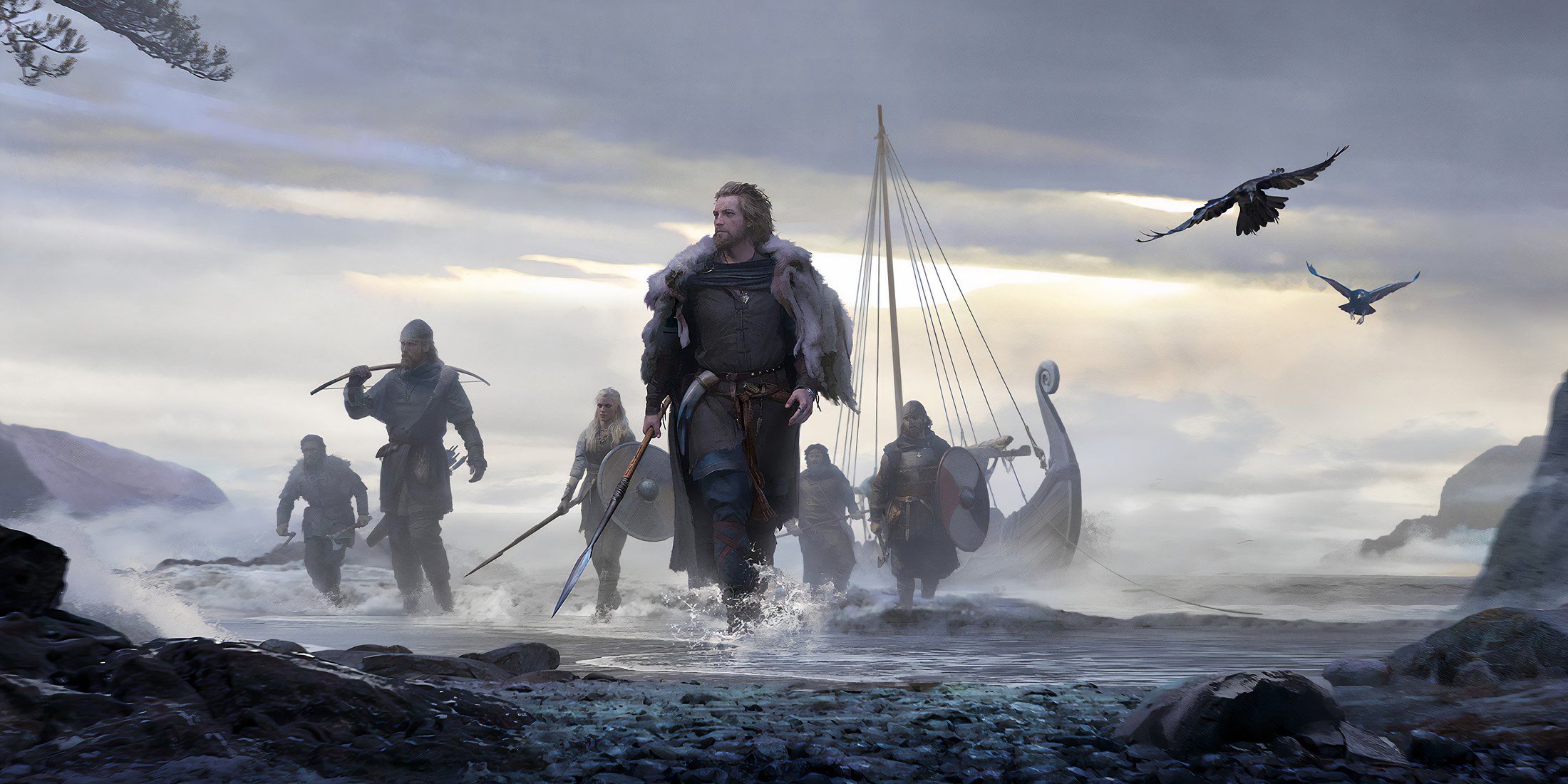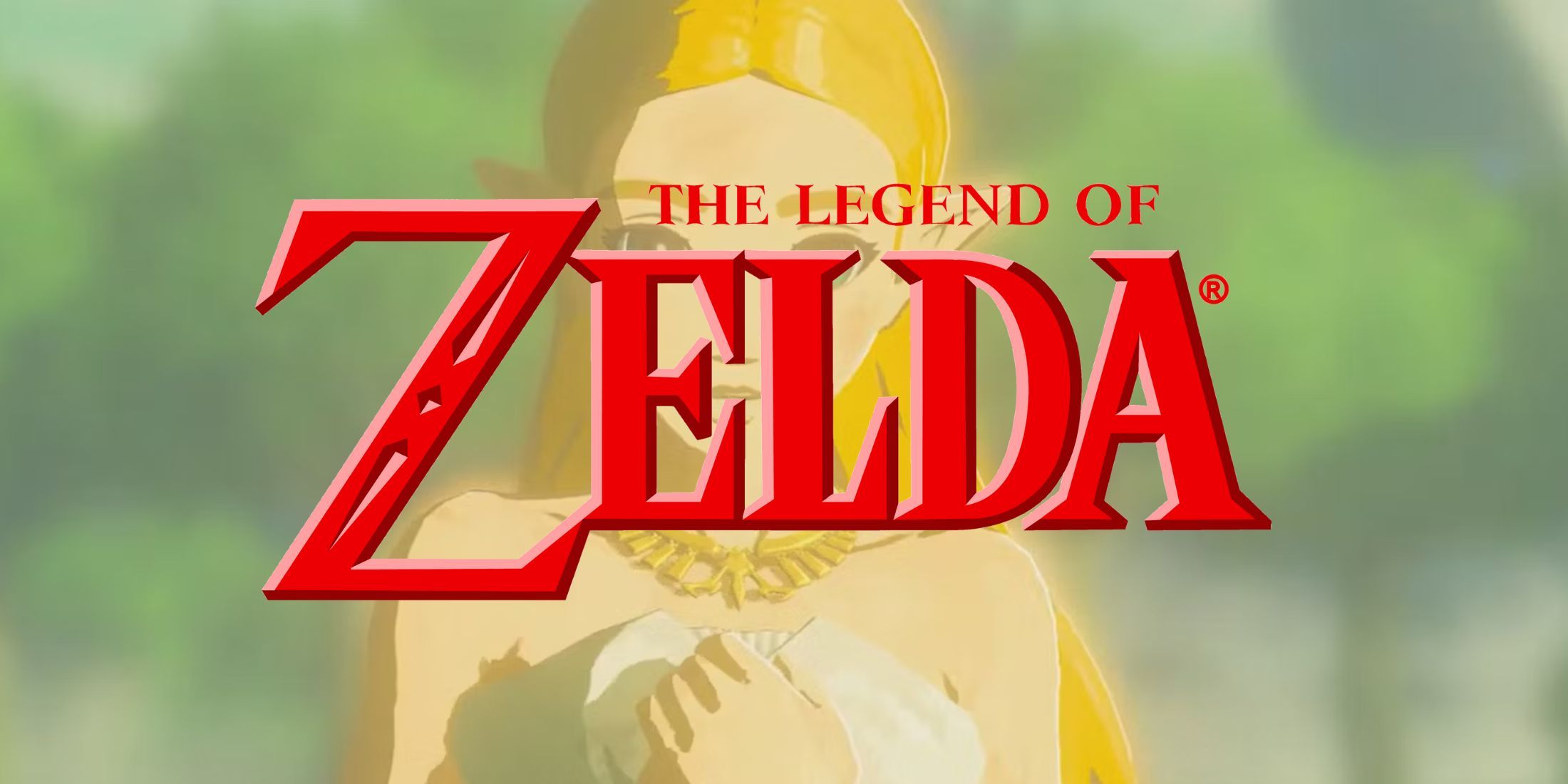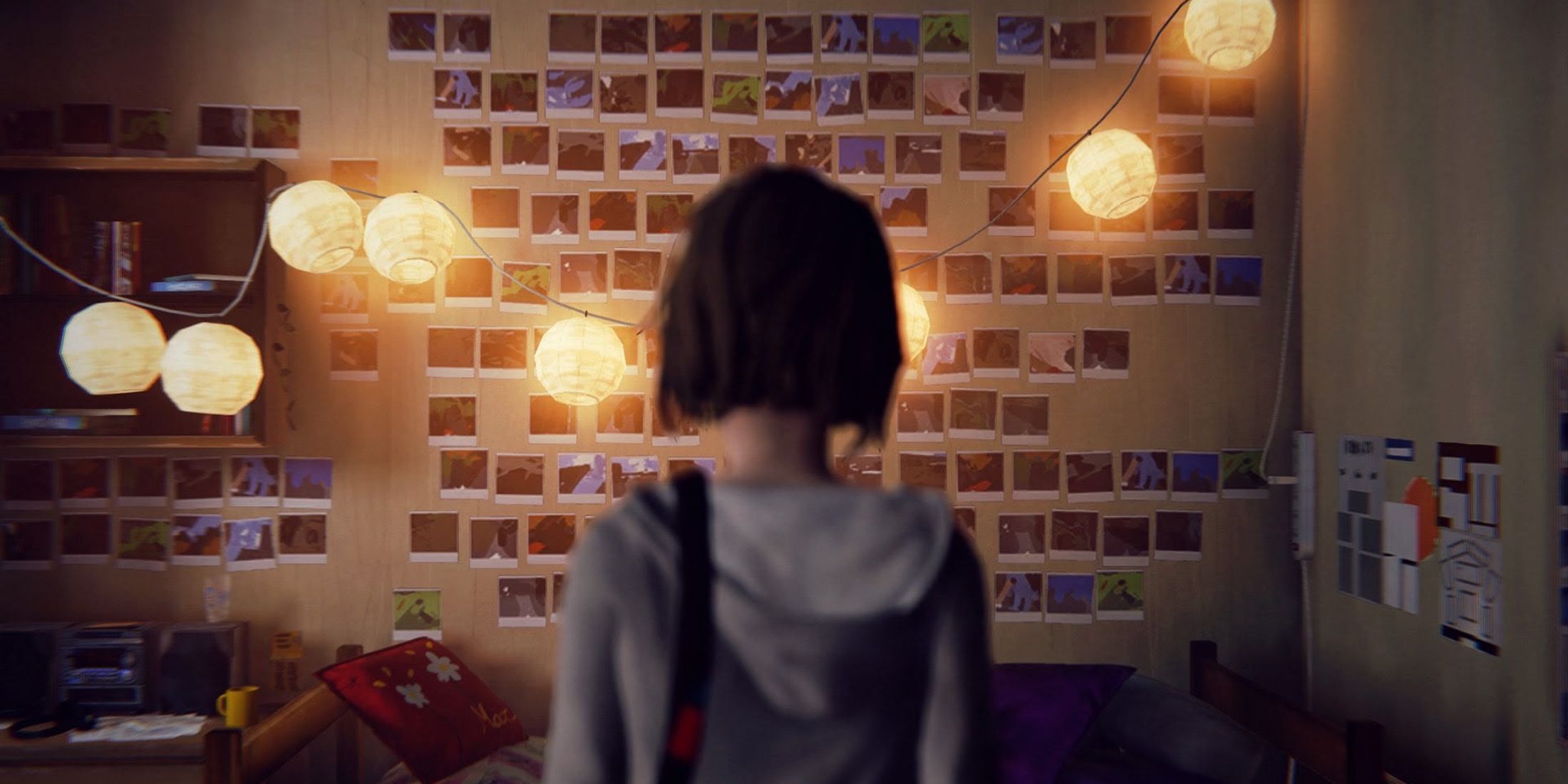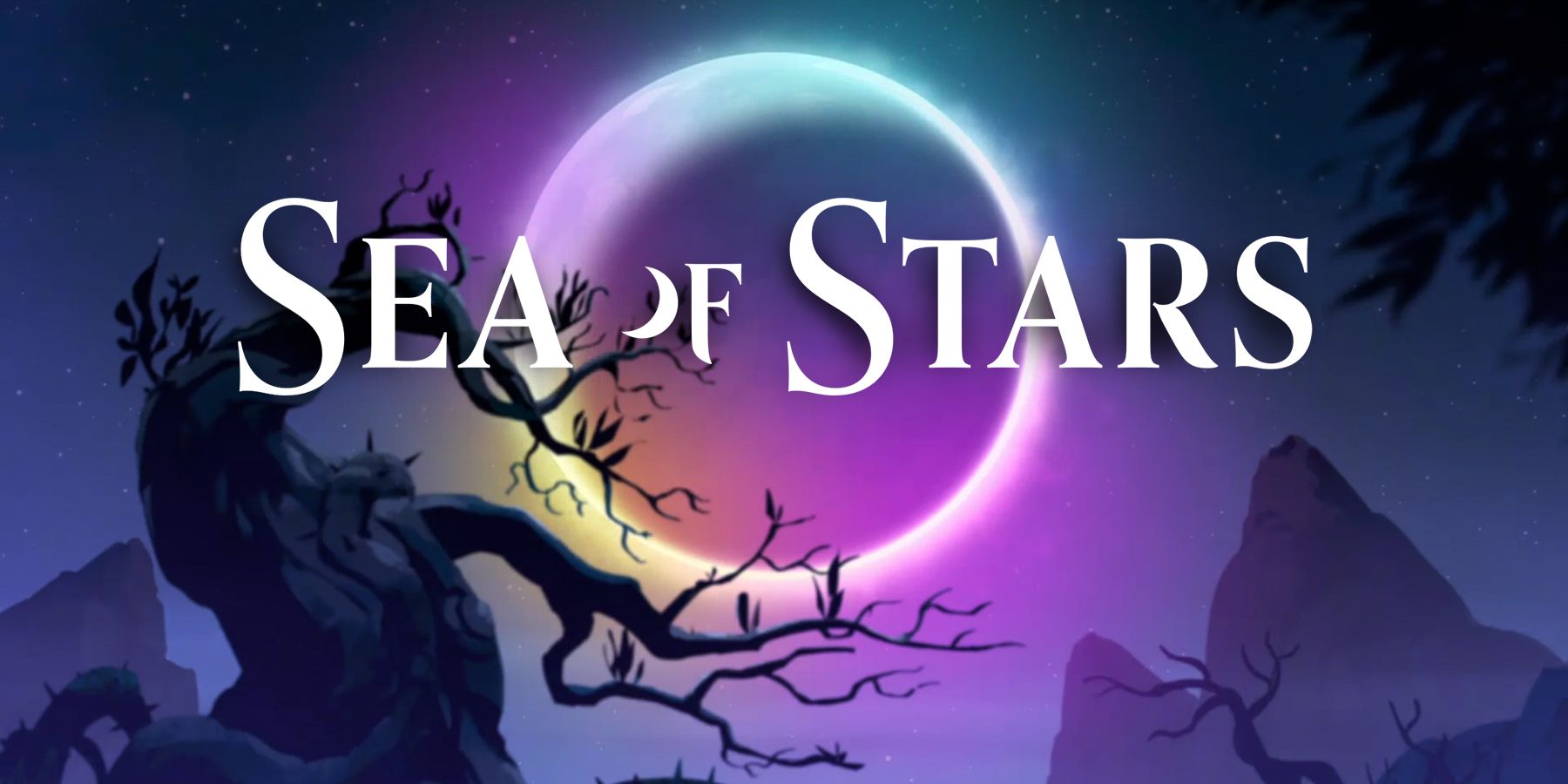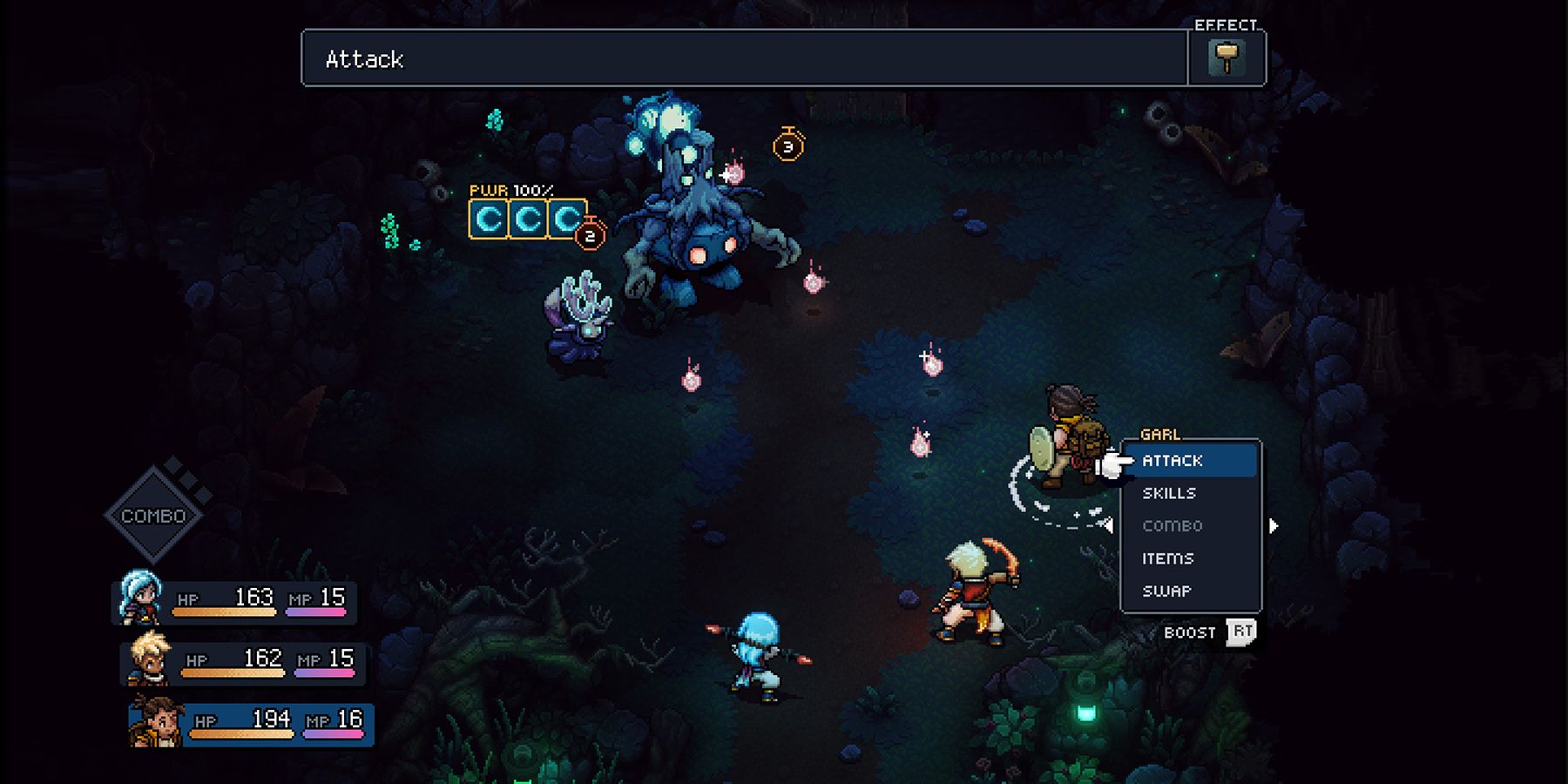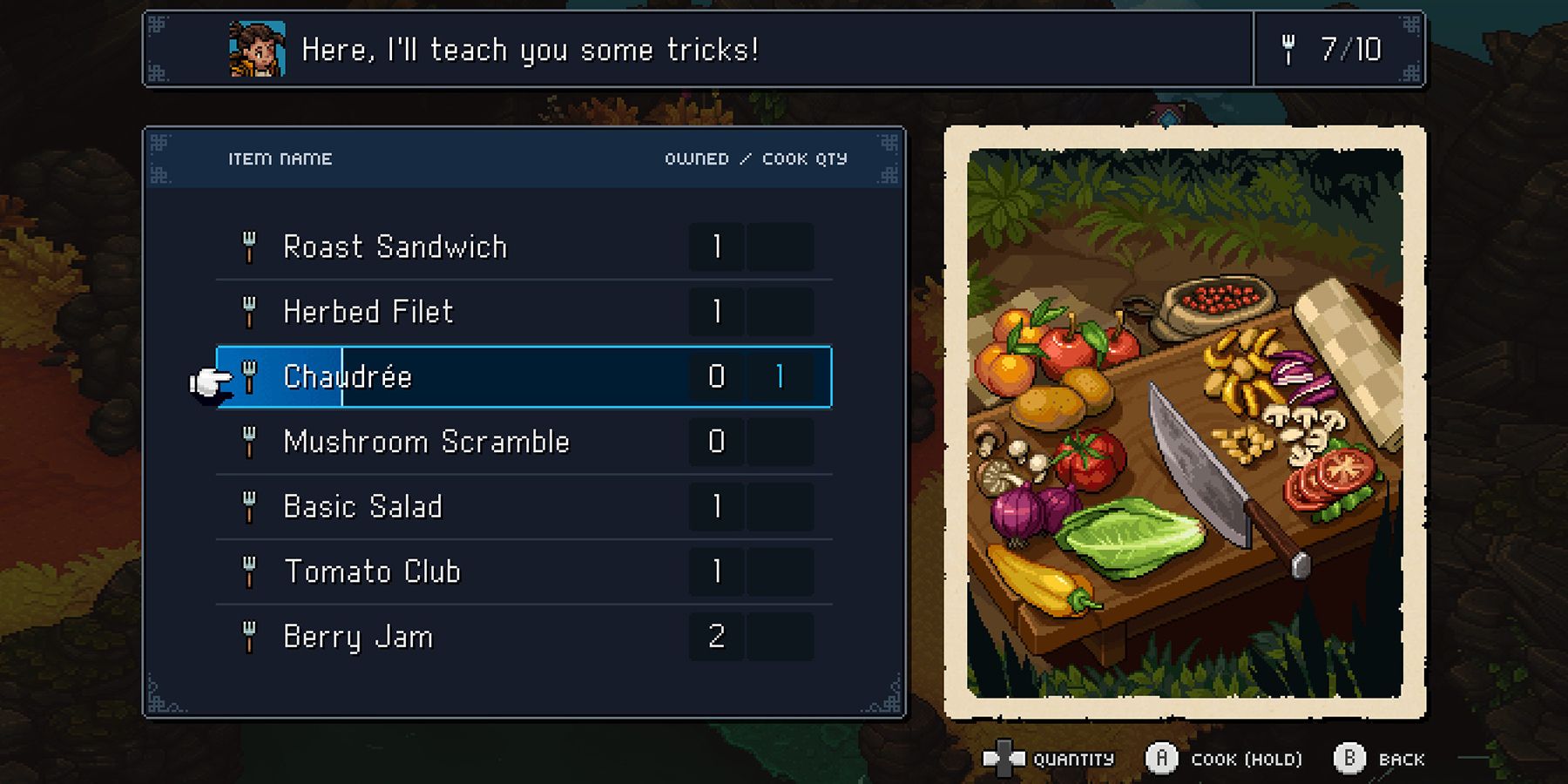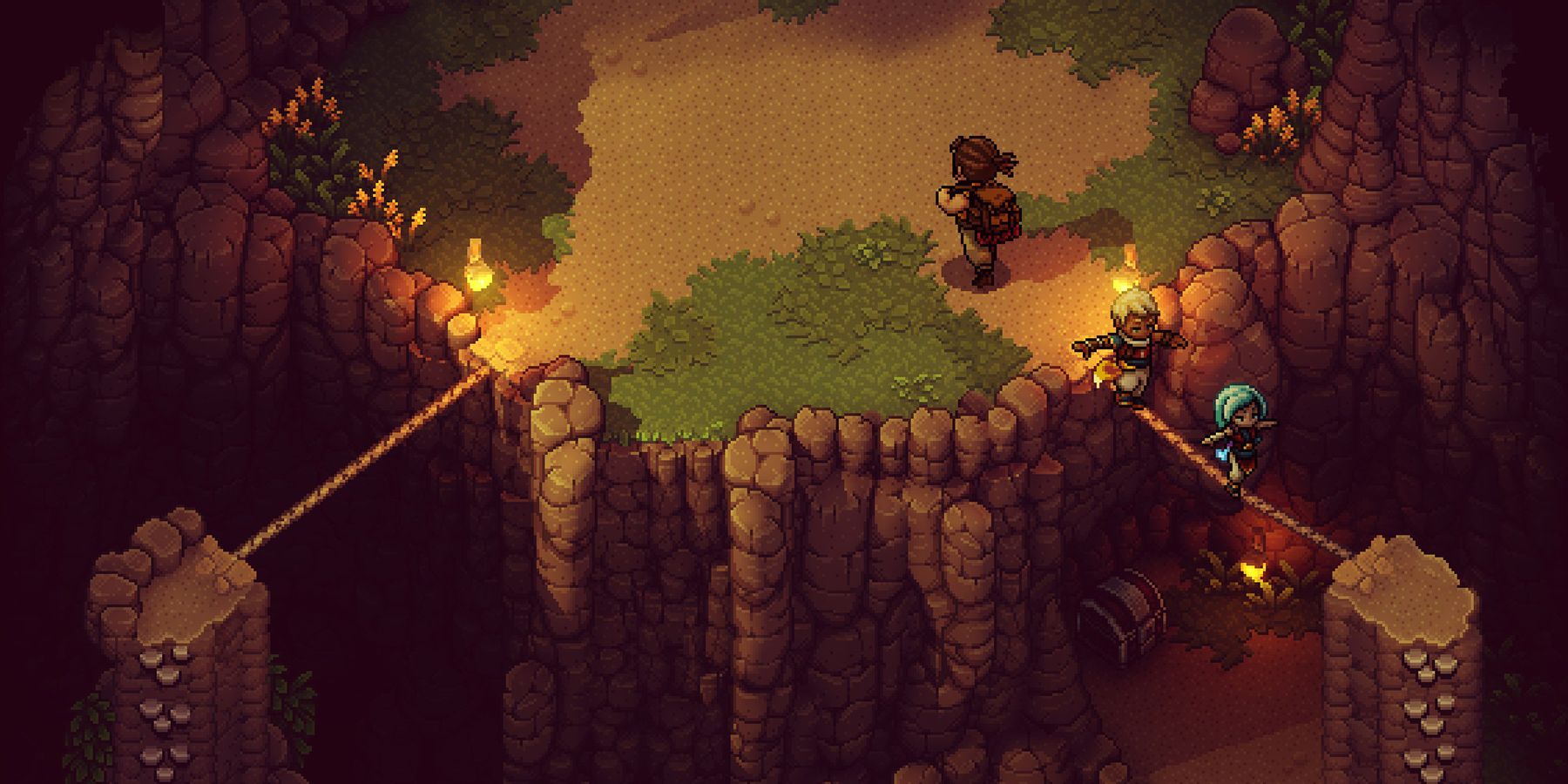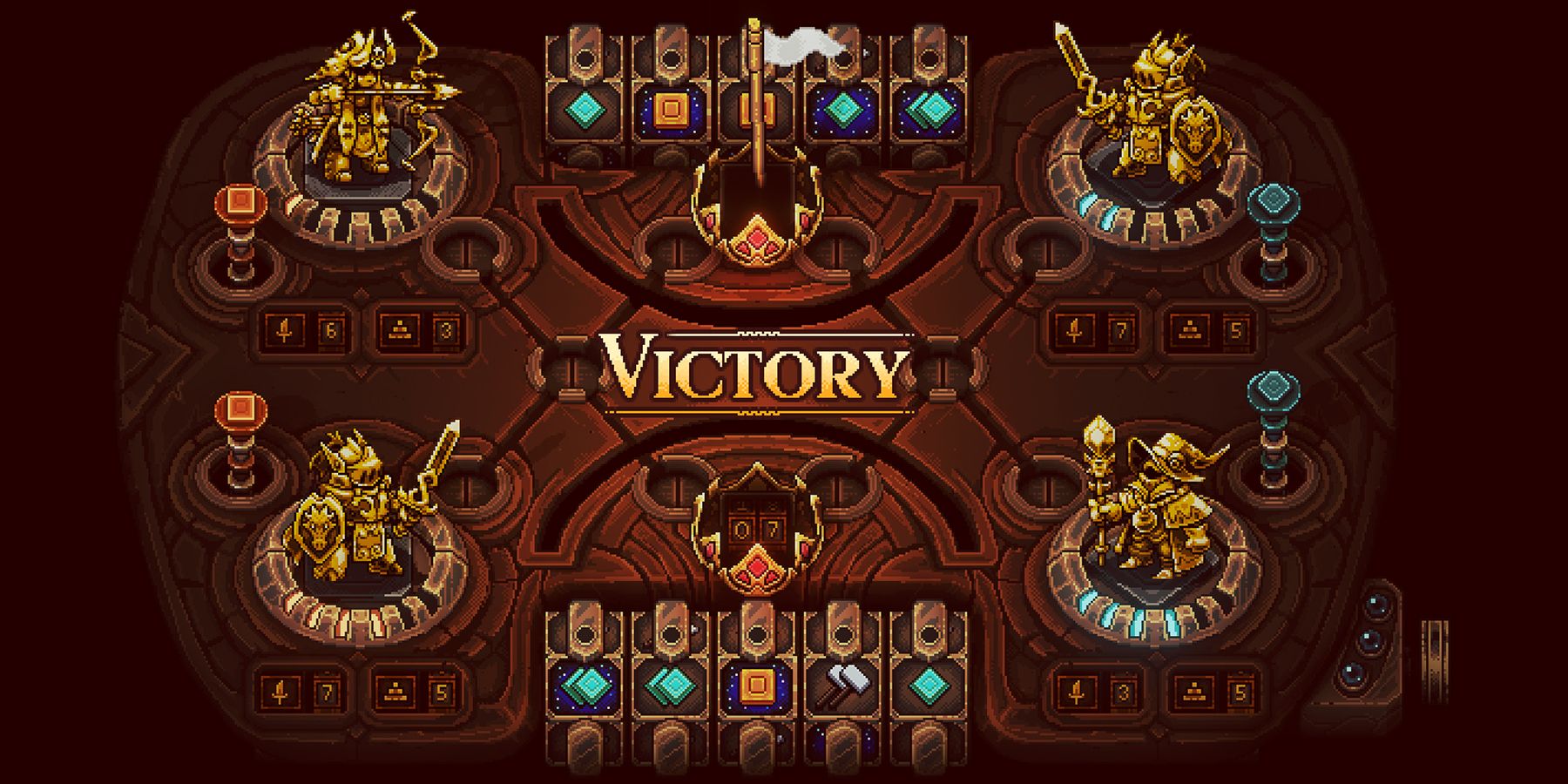The second offering from developer Sabotage Studio, Sea of Stars is a retro-inspired turn-based game that sprinkles in many of the elements that define a solid RPG experience. Two Children of the Solstice, born on that special day of the year, are blessed with the powers of the sun and moon. But along with that blessing comes the responsibility to protect the world from the inevitable evil beings that threaten its existence.
It’s a somewhat standard RPG beginning, but it works well, and the plot twists and the cast of stereotypical but likable characters keep the story feeling somewhat novel. Valere uses moon power while Zale manifests the sun, and the pair can also combine their abilities to unleash special attacks. Some enemies are more vulnerable to a pummeling from one character than the other, bringing a bit of strategy into the mix, and there are a few other facets that keep combat dynamic and engaging throughout the game.
Using a standard attack rather than a special skill causes chunks of “live mana” to fall from the enemy, and this can be sucked up by party members to augment the power of their next attack. Up to three pools of live mana can be saved up at once, so gauging when, how much, and with which ability to use it can impact the course of battle. Enemies also frequently have a gauge with icons of particular damage types, and striking with the corresponding attack will weaken the foe’s next hit or even cancel it altogether. This, along with the other bits that make up combat in Sea of Stars, ensures that every encounter, big or small, requires a bit of thought and remains interesting.
One nifty trick is the way the developers handled gameplay difficulty in the RPG. Rather than selecting Easy, Normal, or Hard at the beginning of the game, the player finds or purchases Relics as they progress in Sea of Stars. Relics have different attributes that can make things easier or more challenging. The Guardian Aura, for example, reduces damage taken by 30% and the Sequent Flare provides a visual cue when a hit or block has been correctly timed. The various Relics can be turned on or off at will by the player, allowing for difficulty customization to a degree that is not usually available in games.
The aforementioned timing that’s affected by the Sequent Flare Relic comes into play during combat. If the correct button is pushed right when an attack or skill hits the enemy, the damage dealt will increase or the character will deliver an extra strike. Likewise, hitting the button right as an enemy attack is about to land will reduce the amount of damage taken.
The game informs the player that these timing-based elements are just a bonus and not integral for success, which is a good reminder for players who might be hard on themselves if they don’t get it every time. And there will be misses, though not always due to a player’s mistake. It’s unpleasantly common to foil the timing of Serai’s Venom Flurry attack, in particular. For this ability, she jumps into the air and, if the player hits the button right when she throws her dagger, she’ll throw it again. The problem is that, due to the isometric camera angle, Serai often ends up jumping offscreen, rendering it nearly impossible to time the button press correctly.
That minor gripe aside, Sea of Stars is a fully enjoyable RPG experience. It really feels like a game that keeps on giving. Multiple times, it will seem like all gameplay elements have been uncovered and the player will settle comfortably into the status quo, only for a new mechanic to be revealed. Rather than tossing everything at the player from the start, Sabotage Studio gradually serves up new aspects of the game like a multi-course meal. This is incredibly effective because it maintains a sense of discovery and prevents gameplay from getting stale. Granted, the game would have been fully satisfying after the first two or three dishes, but each new element is an unexpected but welcome dessert.
This careful pacing doesn’t just apply to the game as a whole, either. One of the most appreciable aspects of Sea of Stars, in fact, takes place behind the scenes. Sabotage has successfully eliminated the endless hours of grinding typically required in traditional RPGs. Story progression, leveling, and enemy difficulty are perfectly scaled so that there is zero need to hang out in one zone for hours just to level or gear up. But unlike difficulty scaling in some modern RPGs, enemies don’t remain at the same ratio of toughness no matter the characters’ levels or loadout. Upgrading abilities and items doesn’t feel pointless because it still affects encounters, and it’s possible to return to areas and satisfyingly squish foes that were previously a challenge.
Similarly, there is no grinding for gold to buy gear or skills. New abilities are found organically through gameplay, and dungeons and chest placement are paced well enough that there is never a lack of funds to buy necessities when the next merchant is encountered. There are some non-essential items, such as Relics, that might need saving up for, but if the player isn’t wasteful with their spending, there should never be an occasion where a weapon or armor upgrade has to be passed up due to a shortage of gold.
Sabotage Studio has taken elements of various RPGs and implemented them cohesively and successfully in Sea of Stars, creating a well-rounded and fully appealing experience. Players will enjoy gathering ingredients from the environment and cooking meals that heal or restore mana. There’s also fishing in Sea of Stars, with critters of varying difficulty to catch and the occasional, sweet rod upgrade. And for downtime, every inn has a band playing that allows the player to flip through the different songs of the game’s pleasant soundtrack.
There is even terrain traversal and interactive environments. Zale, Valere, and the rest of the party jump, climb, and swim to navigate in the different zones, and exploration is often rewarded with hidden treasures or important upgrades. And eventually, the group of adventurers acquires a ship to open up the game world even further.
Of course, Sea of Stars also features the requisite RPG puzzle solving, switches, and locked doors that block the path forward. As with everything else in the game, these moments are well balanced to offer a bit of challenge but not frustration. Progression will rarely, if ever, be hindered by the need to look up a guide online. Gamers who don’t consider themselves adept at figuring out puzzles won’t be put off, but those who enjoy a bit of a brain teaser shouldn’t feel dissatisfied either.
Sea of Stars even offers a bit of rudimentary base building after a catastrophe requires residents of one town to rebuild. A special currency collected throughout the game can be used to buy building plans for adding an inn, a fishing hut, and other necessities to the growing homestead. And of course, Sea of Stars features a well-conceived minigame called "Wheels" that is thoroughly engrossing and would probably do well as a standalone release.
Overall, Sabotage’s retro-inspired RPG is a strong offering that is doubly impressive considering it’s only the second project from this budding indie studio. There are too many points to expound upon — be it the soundtrack, story, combat, gameplay, or graphics — but they are all skillfully implemented. Even on the technical side, there are no complaints. Sea of Stars is simply a really fun, well-rounded game that any fan of RPGs will surely enjoy.
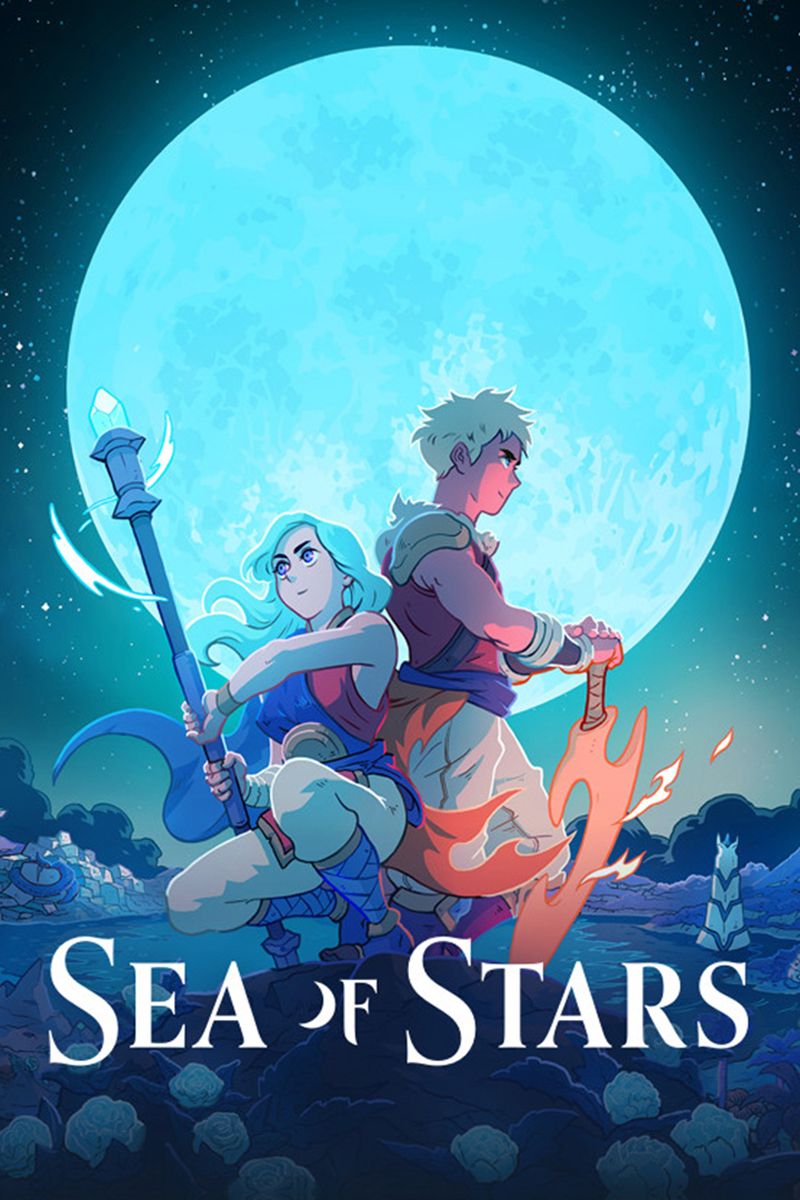
Sea of Stars
Set in the same world as 2018's The Messenger, Sabotage Studio's Sea of Stars is an RPG that takes inspiration from Japanese classics like Chrono Trigger. Featuring a dynamic turn-based combat system and platforming-based exploration, Sea of Stars is an ambitious and gorgeous addition to the role-playing genre.
Sea of Stars releases on August 29, 2023, on PC, PS4, PS5, Switch, and Xbox Series X/S. Game ZXC was provided a PC code for this review.

